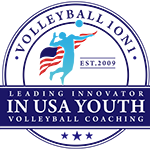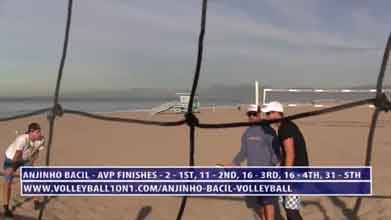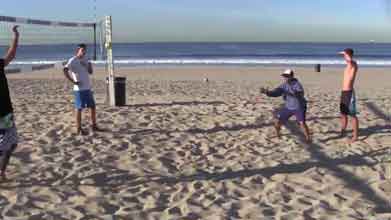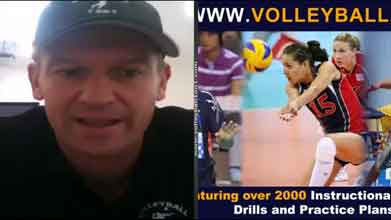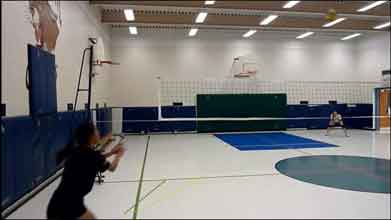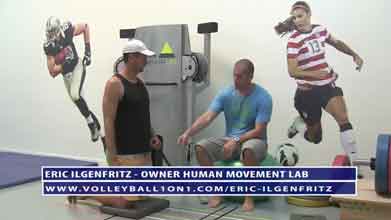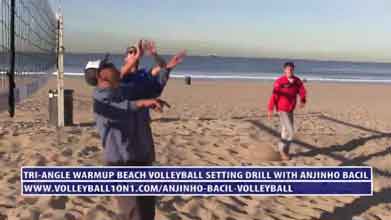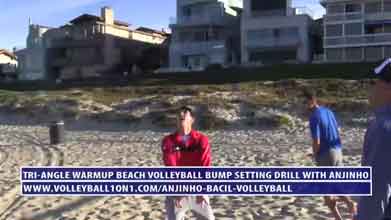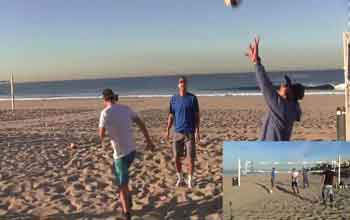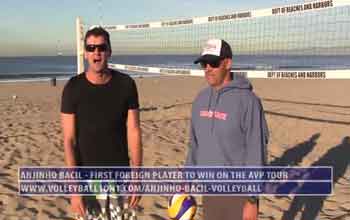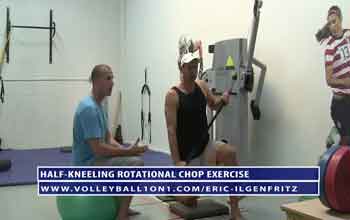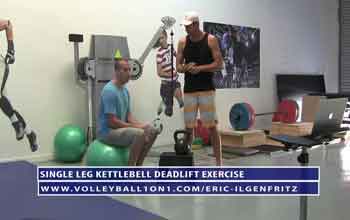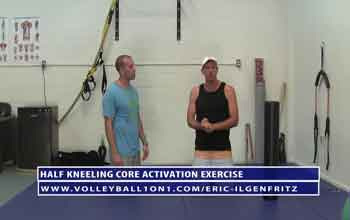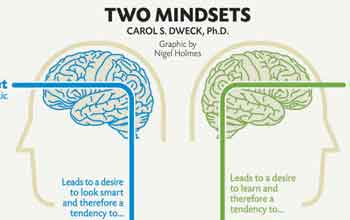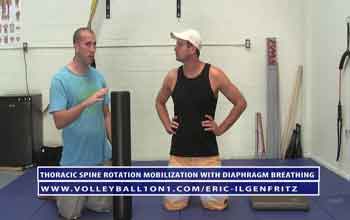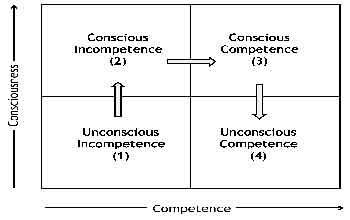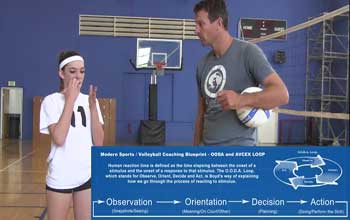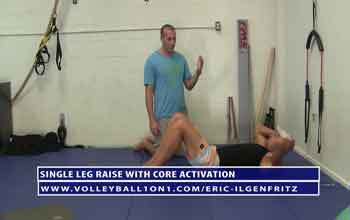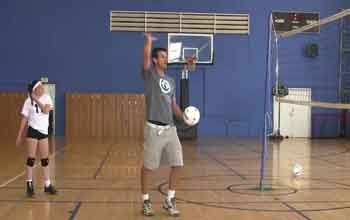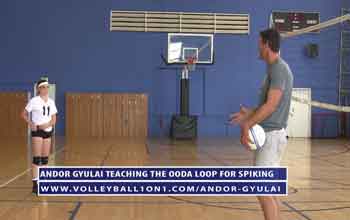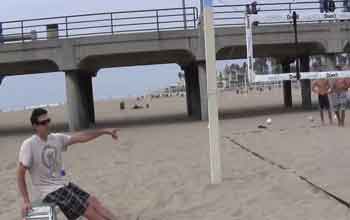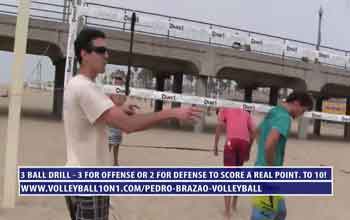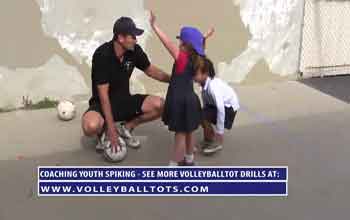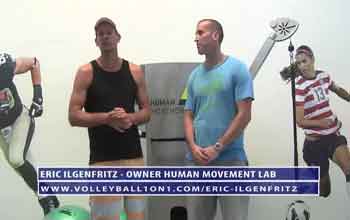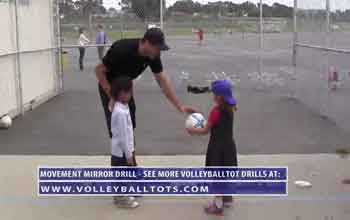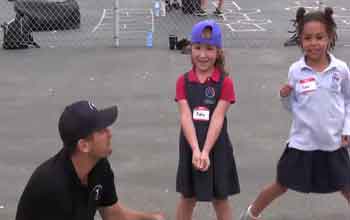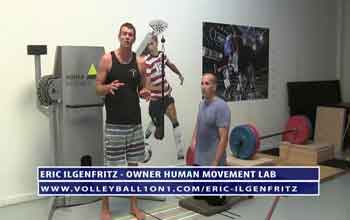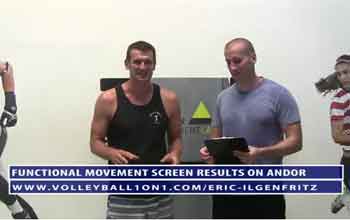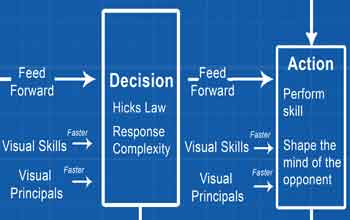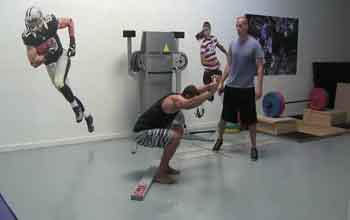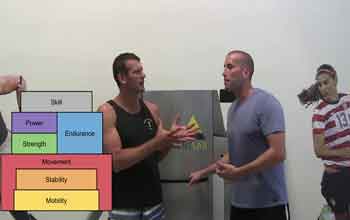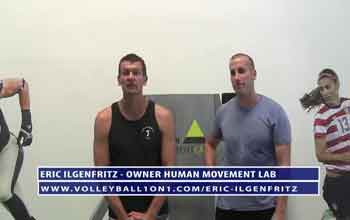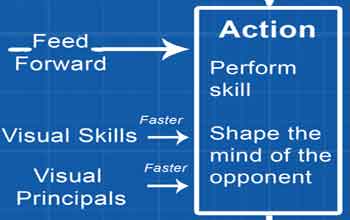This area includes all volleyball1on1 post, articles, videos and information. In this section you can find most of our content we have published.
This video is a continuation and filming from the earlier cross court pepper drill. This drill features allot of verbal cues and coaching on: movement, managing the ball between you and your partner, defense, ball control, setting and more. This video again shows how the best make the game simple and how they make the court smaller and easier between partners.
This 4 person drill is a great warm up beach volleyball drill or drill that can be inserted into any beach volleyball practice to help improve: setting, pulling, defense, movement and player spacing as a team.
This video is a youth – Age 14 volleyball spiking technique video and online volleyball lesson with Andor Gyulai. In this video young players will learn some common shared problems when learning how to spike a volleyball including: Angle of the directional first step in a 3 step approach, The unnecessary double arm pump on approach – Forward – Back – Forward, Plus more. The coaching in this video will help most young players spike a volleyball better!
This video is a left handed hitter or lefty volleyball spiking technique video and online volleyball lesson with Andor Gyulai. In this video Andor Gyulai points out many common volleyball spiking technique problems we see in youth left handed hitters. Volleyball coaching advice and tips include: Angle of approach for a left handed hitter vs. a right handed hitter, body direction and how a left handed hitter should open up, tips for left handed hitters to avoid common shoulder problems, plus more…
The half-kneeling rotational cross-body lift exercise is a great FMS corrective exercise that works on core & hip stability and left-to-right symmetry.
In volleyball rotational stability is critical for many of the volleyball skills. By going into the half-kneeling position we’re taking the legs out of the equation and putting a lot more work into the hips and trunk (Core).
Below is the second video of Anjinho Bacil running the Tri-Angle Warm Up Beach Volleyball Drill, but this time from the other side. The tri-angle beach volleyball drill is the most commonly used drill in beach volleyball. Players and coaches will learn…
This video contains the tri-angle warm up beach volleyball bump setting drill with Anjinho Bacil. The drills focuses is bump setting. This video shows allot of important concepts related to coaching and playing beach volleyball that many of the pros use to make the game simple! This includes: Passing the ball straight ahead in front of your inside leg, the correct height when passing, the correct, Approach of the setter when hand and bump setting, plus more…
This video features Anjinho Bacil running the Tri-Angle Warm Up Beach Volleyball Drill. This is a powerful video as he runs the players through the most commonly used drill in beach volleyball. Viewers will learn how Anjinho coaches: Player spacing between partners, approach and footwork for beach volleyball setting, passing location based upon where the ball is served, how players can simplify the game, plus more…
His full name is Eduardo Jorge Bacil Filho, and is nicknamed Anjinho, which means “Little Angel” in Portuguese. He is a native of Copacabana Beach, Rio de Janeiro, Brazil. Anjinho was the first foreign player to win on the AVP. Anjinho and his partner at the time Jose Loyola stun the volleyball world with the win and ushered in a new powerhouse and style of volleyball, Bazillion Beach Volleyball.
This is an upper body chop PNF pattern that helps develop trunk and lower body stability, upper body strength and rotary mobility executed from a half kneeling stance. In volleyball rotational stability is critical for many of the volleyball skills like spiking yet too few athletes really put attention into this important element of volleyball training and the result is often volleyball injuries.
This exercise is designed to both assess right and left contribution of the hip hinge under an asymmetrical load and increase single leg contralateral deadlift strength. The exercise is unique in that it allows you to fully appreciate the beauty of learning how to stabilize on one leg, while training each side of your body without favoring or over-compensating.
The Half-Kneeling Core Activation Exercise is great warm up, cool down or even core exercise to add to any volleyball training workout to help build your core and make sure it fires correctly.
During the Orientation Stage of the OODA Loop you are processing what you Observe. Your mindset is thus critical to understanding and getting meaning from what you see. The Growth Mindset is a simple idea discovered by world-renowned Stanford University psychologist Carol Dweck in decades of research on achievement and success. Teaching a growth mindset creates motivation and productivity in the worlds of business, education, and sports, especially volleyball.
One of the fastest ways to fix nagging lower-back, shoulder or neck problems is to improve mid-back mobility with targeted thoracic spine exercises. The thoracic spine rotation mobilization with diaphragm breathing volleyball exercise is one of the best exercises older players can do to reduce back problems.
This video features Andor Gyulai using the conscious competence learning matrix to help teach a youth player volleyball. In this video the player is moving though stage 1 to stage 2 and stage 3 of the learning curve.
In this video Andor Gyulai demonstrates why he feels the OODA Loop verbal cues are better for coaching volleyball particularly when teaching volleyball skills, reading the game and volleyball strategy. The video addresses a common problem many coaches have helping young players spike better.
Single leg raises with core activation is a great FMS volleyball training exercise that will reduce many common volleyball injuries including back injuries while also helping your bodies muscular system fire more effectively.
In this video Andor Gyulai Owner of Volleyball1on1.com teaches a young 13 year old player how to have more control hitting by using a high controlled volleyball spiking technique for tight or off sets. At the younger ages the sets are often more in consistent and plays often less in system. Therefore it is important for coaches to teach young players how to keep the ball in play and put pressure on the opposition when out of system.
In this powerful video the OODA Loop coaching cues are used to help the player discover most of her spiking problems have less to do with technique and more to do with “Reading” and Orientation of the set. The coaching of this is successfully done by Andor using guided discovery and great open probe questions where he is constantly checking in with the players emotionally so that they are not overwhelmed but rather take the feedback as a challenge and a opportunity to grow.
This video features Pedro moving the last portion of the practice into a game with the 4 players and seeing the transfer (How much the players learned) from what was taught in the practice. This video offers great coaching insights and verbal cues. Also beach coaches will enjoy listening to Pedro coach the players from the sideline reviewing their play.
This beach volleyball drill features a serve and two free balls. This drill focuses on both defense and offense and put allot of pressure on players to consistently side out.
In this VolleyballTots Youth Private Coaching Lessons Andor Gyulai the owner of volleyball1on1.com teaches two young players age 5 the skill of spiking. The video includes powerful verbal cues, plus other coaching lessons on working and coaching volleyballtots.
This video features Andor Gyulai and Eric Ilgenfritz discussing Andor’s test results from the functional movement screen. This video is extremely insightful and will offer incredible insights into the new science of volleyball training and injury prevention.
In this Volleyball Tots private youth volleyball coaching lesson Andor Gyulai teaches two young players age 5 how to shuffle and move correctly when passing. The drill is call the mirror movement drill and it is a great drill to help young players not only learn to move in a shuffle position, but also the importance of reading where the ball is going and move based upon the ball. location. The movement mirror drill is fun and can be done between two young between the ages of 5-12 or a parent and their child.
In this VolleyballTots Youth Private Coaching Lessons Andor Gyulai the owner of www.volleyball1on1.com teaches two young players age 5 the skill of passing. The video includes powerful verbal cues, plus other coaching lessons on working and coaching volleyballtots. This video was filmed at Andor kids school in Los Angele’s where he teach a volleyball class for youth players ages 5-12.
Core exercises are critical to increasing performance and avoiding injuries when playing volleyball. Chopping exercises improve core rotation strength which is critical to more effectively transfer force between your upper and lower body, and ultimately spike harder, jump higher and move faster. Building core rotational strength in the critical core muscles stabilizes your spine, allowing you to be more balanced as you move on the court.
In this video Volleyball1on1 Owner Andor Gyulai is given his results from a Functional Movement Screen (FMS) performed by Eric Ilgenfritz. The Functional Movement Screen is a ranking and grading system that documents movement patterns that are key to normal function.
Volleyball players organize their movement patterns when performing a volleyball skill in advance. As the action or skill gets more complex so the reaction time increases as more time is required to organize the system for movement initiation. In this post we explore the idea and give examples.
The Functional Movement Screen: “Put simply, the FMS is a ranking and grading system that documents movement patterns that are key to normal function. By screening these patterns, the FMS readily identifies functional limitations and asymmetries. In this video Eric takes Andor Gyulai through the screen and reveals some major movement functional limitations and asymmetries. These problems if untreated will cause volleyball injuries and strength gain limitations.
This video is an introduction to the new science behind musculoskeletal systems training for volleyball. The video features Eric Ilgenfritz of Human Movement Lab as he explains the concepts behind Functional Movement Systems and the Functional Movement Screen. In the video Eric explains the sports / volleyball training hierarchy of Mobility before stability, stability before strength, strength before power, and power before volleyball specific skill.
This video is an introduction to functional movement training with Eric Ilgenfritz on Volleyball1on1.com. Andor Gyulai the owner of Volleyball1on1 in his quest to play on the FIVB sought out experts to help him get stronger physically as well as avoid injury. Eric and his training systems were an important part of Andor’s training especially as it relates to volleyball injuries. By following Eric’s advice Andor within just 2 months was able to sort out his lower back, knee and shoulder pain injuries.
In volleyball, sports and war shaping the mind of your opponent is critical to winning. John Boyd described as the most influential military theorist since Sun Tzu created the OODA Loop combat training system as a better way to attack the mind of your enemy and win. This proven and tested system is the foundation of most military strategy today and has literally been tested in the trenches to win above all others.
